Subtle refinements
"We're constantly challenging ourselves to figure out how can we make the user experience even easier, even more intuitive, while at the same time adding more more powerful functionality. And that's exactly what we've done with iOS 5," says Scott Forstall, Apple's senior vice president of IOS Software.
Upgrading to iOS 5 doesn't radically change Apple's existing devices to look significantly different with anything like a 3D interface or animated tiles. In fact, it takes a moment and some attention to detail to notice whether a device is running the new iOS 5.
There are some great new features, new apps and new services, particularly iCloud, but the new features embellish the iOS experience along an evolutionary path, rather than introducing a revolutionary leap to an entirely new and unfamiliar platform. The new release is the latest milestone along a preplanned path of advancement, and nearly every new feature builds upon the foundation of technologies introduced in previous releases.
That's not to say there isn't much that's new. A tremendous amount of work has gone into making iOS 5 more powerful, connected, faster and more intuitive and clever in various ways, so much so that its release is occurring a few months later than usual this year.
Apps for that
At the center of Apple's iOS platform is the App Store. Developers' existing apps not only continue to run on the new iOS 5, but also automatically take advantage of many of its new features, such as the ability to select and define words in text or compatibility with the new notifications system described below.
The other changes developers must make to ensure their apps are iOS 5 savvy are relatively minor, promising another smooth transition for iOS users who have already weathered two major reference releases without significant problems.
In addition to general embellishments that run throughout iOS 5 that developers can take advantage of, ranging from AirPlay wireless video to Accessibility features to Twitter integration, Apple has also added Newsstand, a way to show off periodical app content. Subscribe to newspaper or magazine apps, and they now appear in an iBooks-like shelf interface and update in the background as new issues became available.
From the start, Apple has maintained an embarrassingly obvious lead in its third party apps library compared Windows Phone 7, RIMs BlackBerry App World and Google's Android Market, and that rich, vibrant selection of mobile software has directly contributed to the attractiveness, usefulness and relevance of the platform.
However, iOS has lagged behind (or simply not led) other mobile platform alternatives in a other respects, a checklist Apple has been ticking a few more boxes off with each annual release.
Notification Center and Lock Screen
In perhaps the most prominent example, the new iOS 5 builds upon Apple's previous efforts to deploy useful yet efficient push messaging by presenting incoming notification alerts as a subtle banner message that disappears on its own, rather than a modal dialog box blocking your view while waiting for you to dismiss the alert, then vanishing in a way you can't bring back.
From within any app, users can now pull down from the top of the screen to see a listing of recent alerts in the new Notification Center, ranging from SMS and email messages to general app notifications, along with an abbreviated stocks and weather widget.
A similar overview of alerts is also now visible from the lock screen, with options to either present pending messages and alerts that can be used to unlock the phone and directly jump to the relevant app (such as Mail), or the option to hide messages so that the phone must be unlocked before seeing any new messages.
Apple didn't invent something wildly new here, borrowing the pull-down notification mechanism used by Google's Android platform and refining it to look nice, adding two popular widgets and removing much of the notification noise that Android generates (such as app installation and update events, shown below), while adding configurability and an easy to read, attractive display that makes useful details pop out rather than drowning the user in notifications that look more like the verbose boot screen of a Linux PC.
It was no secret that Apple was working to address the outdated design of its modal notification boxes. Last summer after HP acquired Palm for its webOS, Apple hired away Rich Dellinger, who had developed Palm’s non-intrusive banner notification system, widely regarded as one of the best features of the new platform.
In iOS 5, the Notification Center further develops the concept of notifications, mixing elements visible in earlier work done on Android and webOS but refining the interface to present more information in less screen real estate while segregating actual notifications from status information, settings controls and playback controls (which iOS continues to put in its "Dashboard" space, accessed by pulling up the app switcher panel and flicking to slide it in from the left.
On page 2 of 4: Reminders, iMessage
While work on Notification Center was an area where Apple needed to catch up with competing mobile platforms, other aspects of iOS 5 are entirely new. iOS 5's new Reminders, however, is not really one of them.
In fact, Reminders itself serves as a reminder that while adding Exchange Server support to iOS 2.0 as one of its first priorities, Apple completely ignored the To-Do app, something that has been a key feature of mobile devices that even predates the smartphone; To-Dos were on the Palm Pilot, and of course, Apple's own Newton MessagePad from 1993. Exchange Server called them Tasks, and Apple now refers to them as Reminders.
How To-Do reminders managed to escape Apple's attention, not just on the iPhone, but also in its MobileMe push messaging efforts, for so many years remains a mystery that can only be explained by the fact that Apple simply lacked a To-Do app to put the feature at the top of.
A better explanation is that Apple prioritized its push notification efforts to perfect email, calendar and contacts, branching out to add cloud-connected Notes only recently. Apple actually added some desktop support for To-Dos in Mac OS X Leopard Mail, but that functionality, which was sort of complex and awkward, has since been removed from Lion's version of Mail.
The new interface for to-do events on the Mac, iOS 5 and MobileMe's replacement iCloud is now consistently named "Reminders." On iOS 5, Reminders now get their own app. What's coolest about this new app is that you can set single or recurring reminders based on a time and date (which work a bit like fancy, named Alarms in the Clock app), but you can also create Reminders that go off when you approach and leave a set location.
Referred to as "geo-fencing," the new feature is a clever application of the GPS in the iPhone. There's no way to set a specific location's accuracy, so the alerts only go off when the phone senses that you've come (or gone) within a few blocks of your set target. That means it won't remind you to get your keys before you leave the threshold of your house, but it will go off if you set a reminder to get groceries at the shop you drive past on the way home from work.
The new Reminders app presents both a list view and a calendar view, which is searchable if you're trying to track down a specific event. It appears Apple wanted to separate the functionality of Reminders from Calendar events, an engineering decision that seems typical of Apple. This is a little thought provoking, as both the desktop Mac iCal and MobileMe/iCloud calendars integrate Reminders into the rest of the calendar interface.
Doing that on the small display of the iPhone might result in an unnecessary complex interface, but it's harder to explain why the iPad offers the same split-app functionality for Calendars and Reminders. iOS 5 does, however, finally deliver a full suite of Mail, Contact, Calendar, Notes and Reminder items that are all iCloud synced in a way that works with both Mac OS X apps and Microsoft Outlook on Windows PCs.
iMessage
After beating Microsoft at its own game by being a better mobile client to Exchange Server than Windows Mobile/Phone, Apple has next taken it upon itself to usurp RIM's crown in messaging savvy. Hidden in iOS 5's SMS/MMS Messages app is a new capability to chat over standard IP networks. SMS and MMS are the mobile industry's standards for sending short text messages or multimedia messages (such as pictures) between mobile clients.
There's a couple problems with these standards, starting with the fact that they're not really free. Carriers can charge per message fees, and typically make a big chunk of their subscriber fees by charging for packages of text messages, often at a price far higher than voice or generic data.
Apple's new iMessage recognizes when you're sending a text, photo, video, map location or contact to another iOS 5 user and, rather than sending it as a mobile telephony SMS/MMS, encrypts it and sends it directly over the Internet. That means iMessages can now be sent to and from devices even if they lack a mobile data plan (such as a WiFi iPad or iPod touch, and potentially a Mac or PC) or if they lack service (such as the iPhone when operating on WiFi without the backing of a live mobile data connection).
Don't expect the new feature to save you a lot of money unless you give up standard SMS altogether, because the carriers have responded by making their SMS/MMS plans a new one size fits all affair, where you will now pay the same amount even if you send fewer messages thanks to iMessage. It might save you some money if you regularly text other iOS 5 users internationally, however.
Apple launched the original iPhone with Mail features intended to shift users from MMS to standard email, only relenting a year later to support MMS. However, iOS 5 still doesn't give Mail users the ability to attach photos to email without a rather awkward and non-intuitive copy and paste routine.
Think of iMessage a bit like the chat version of FaceTime: an Internet-based version of a feature that was formerly tied to mobile networks. In addition to potentially being cheaper, iMessage is also faster, encrypted, and offers indications when the recipient is typing and when your message was read on their end, similar to Apple's existing iChat.
Apple is fortunate to be releasing the new feature in iOS 5 just as BlackBerry users worldwide are growing enraged by RIM's latest service outage that has knocked out access to its BlackBerry Messenger and email. It appears that iMessage works similar to FaceTime, using notifications to set up connections that subsequently work directly between the two clients over the Internet.
That could be a significant advantage over RIM's centralized architecture, where a single point of failure problem has knocked out service for many users for a hours at a time on several occasions now. At the same time, iMessage syncs your messages across devices, making it appear to be connected to Apple's broad iCloud initiative and certainly making it susceptible to suffering embarrassing outages of its own.
Apple has yet to prove that it can operate its cloud services with dramatically better reliability than Google, Microsoft, RIM and even its own faltering attempts to launch MobileMe two summers ago, but it does appear to be taking the launch of iCloud very seriously as a core future strategy.
On page 3 of 4: iCloud, Backup & Cut the cord
Perhaps the biggest new feature of iOS 5 is iCloud, a service that Apple talks about as a separate entity, because it is. iCloud also serves Mac OS X Lion clients and ties into iTunes, serving as a brand name the enshrouds a variety of Apple's network services.
iCloud cover the existing functionality of MobileMe in the areas of Mail, Contacts, Calendar, Notes and the aforementioned Reminders, as well as Find My iPhone, a feature that has now expanded to also find your Mac and "Find My Friends," thanks to new opt-in location tracking services that let you monitor where your kids are at or rendezvous with friends at an event after establishing a temporary tracking relationship with them.
In addition to push messaging and location updates, iCloud now extends the always-updated functionality of your IMAP mailbox to your Music, TV episodes, Apps, Books, Photos and Documents. The first four are handled by iTunes, making it easy to download content you've purchased elsewhere or repopulate a new iOS device.
Photo Stream is a new iCloud feature of iOS 5 and iPhoto that delivers photos you take on one device to your others. Documents & Data does something similar for apps that work with files, keeping documents and the edits you make to them coordinated across your devices.
Backup & Cut the cord
A final feature of iCloud, Backup, ties into iOS 5 by allowing mobile users to archive the state of their device with the cloud, rather than only backing up to a single computer running iTunes. Local backups via USB are still available, but iCloud Backup promises to store your mobile device's settings, all app data, your Home screen & app organization, your photos and videos, any ringtones, all iTunes purchases, and any Messages (including iMessage, SMS, and MMS) on Apple's servers, facilitating rapid recovery in the event you lose your phone and have to replace it.
Cloud backup has been done before, ranging from Android to Palm to Microsoft's Danger. In fact, its long been the only way to save anything on non-Apple smartphones, as no other phone maker has worked to duplicate the "digital hub" strategy of Apple's iTunes. With iOS 5, users get a choice of which way they'd like to back up their content: relying upon Apple's iCloud or directly to their iTunes PC.
But Apple has also taken the matter a big step further, cutting the umbilical cord between iOS devices and iTunes entirely. With iOS 5, users won't need to initially set up their devices via a connection to iTunes. Instead, the system enables users to set up a new device or restore from an existing iCloud or iTunes backup.
During initial setup, users configure basic settings and connect to iCloud, and after they're set up, iOS 5 devices can continue to work without ever tethering to iTunes, obtaining software updates over the air while buying content and apps from iTunes directly. It also supports WiFi sync with iTunes to link up with the content you have on your computer. However, because WiFi sync requires a power connection anyway, you might prefer to continue plugging into USB and sync and charge at the same time.
A variety of tasks that once had to be synced over from the desktop, including the creation of photo albums or mailbox folders, can now be done right on the device. Photos in iOS 5 now allows you to crop, correct and fix red-eye problems right on the device. One nice aspect of these editing features is that they don't destroy the original; if you crop a photo and save it, you can go back to it and re-crop it later to recover the portions you initially threw out.
On page 4 of 4: Camera, Airplay, Safari & Siri, Room for growth
While iPhone 4 delivered a good camera, under iOS 4 it is a bit of a pain to rapidly launch the camera app to snap a shot. In iOS 5, double clicking the Home button presents an alternative lock screen with quick access to audio playback controls and the camera. Tap the camera button and you can capture pictures without unlocking the device with your passcode. You can now also use the iPhone's volume buttons to snap a photo.
That special mode restricts the user from doing anything apart from capturing pictures, but it finally makes it possible to quickly capture something without navigating through a login and manually launching the Camera app. You can now also use the volume up button as a shutter release, which often works much better than trying to tap the software button presented on the screen.
Once you take your pictures, you can display them on your HDTV, wirelessly, thanks to AirPlay. Video, slideshows and any games and other apps that support VGA or HDMI output should also support AirPlay wireless video to Apple TV. Additionally, iPad 2 and the new iPhone 4S support wireless AirPlay Mirroring of the entire screen from nearly any app, making it easy to show off what you're doing via a big screen during presentations or in front of a class.
Safari and Siri
What does Apple's open source web browser and its entirely proprietary new artificial intelligence engine have in common? Absolutely nothing, demonstrating the range of new features iOS 5: on one hand, it breathes life into existing phones, including the iPhone 3GS Apple first shipped back in the summer of 2009 and the original iPad from the spring of 2010.
Safari is a great example of that, delivering a major boost in speed, new features such as the Instapaper-like Reading List of articles you want to bookmark and (for iPad) tabbed browsing. It's useful to note that fairly new phones and devices are not getting similar attention from competing platforms. The original Galaxy Tab, for example, didn't get Android 3.0 Honeycomb despite being just a few months old when it arrived. In general, Android phones don't get updates for 3-6 months after they're released, if ever.
On the other hand, iOS 5 also delivers functionality that's only usable on the new iPhone 4S, particularly Siri and its new faster camera. Despite spanning three generations of smartphones and two generations of iPads (and iPod touch), Apple has delivered a platform that doesn't introduce significant app fragmentation issues for users and developers because of the work done to abstract differences in hardware.
Users don't really have to think about the specific OS version their app was created for, don't have to think about the processor in use, and don't even need to worry about how to sync documents, purchased content or photos between devices. iOS 5 does a great job of improving things in ways that don't introduce new problems.
iOS 5 is the latest example of Apple delivering software to power hardware with an abstracted layer of usability that just makes sense. There's no required skills in computer science needed to kill of offending apps to make the rest of the phone work acceptably fast or to prevent the battery from running down, and no need to worry about virulent malware or legitimate looking apps stealing your data and forwarding it to a foreign server.
Room for growth
Apple has put a lot of sophisticated engineering into iOS 5, but there's still areas to work on for next year. It appears that as the installed base of iPhone users incrementally gets faster, iOS will be able to begin taking on more tasks and perhaps easing up on multitasking restrictions intended to save battery, allowing users to, for example, switch between apps faster.
Additional services may be integrated into iOS in the way Twitter has been, potentially allowing third parties to tap into shared web services. And we have only just begun to see what developers can do with iCloud.
Once memory and processing power reach a certain threshold, iPhones and iPads will be able to perform more sophisticated imaging functions, mimicking more of the functionality currently stuck on the desktop. There's also a lot of little enhancements Apple could add, such as making it easy to attach photos to emails being composed, or to share files with AirDrop Macs or WebDAV file servers.
All in all, however, iOS 5 erases the top few remaining features that rival platforms could previously claim as unique, while bolstering Apple's own proprietary advantages with iCloud, iTunes and the App Store, three critical areas its rivals seem both incapable and uninterested in even attempting to match.
 Daniel Eran Dilger
Daniel Eran Dilger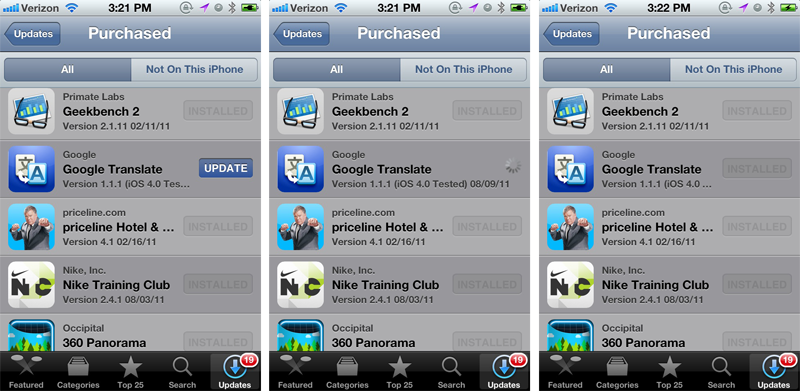

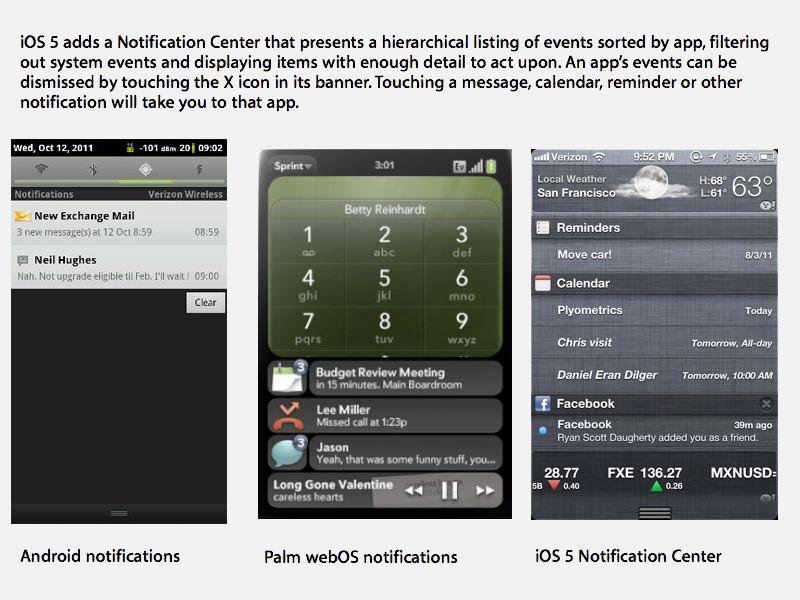
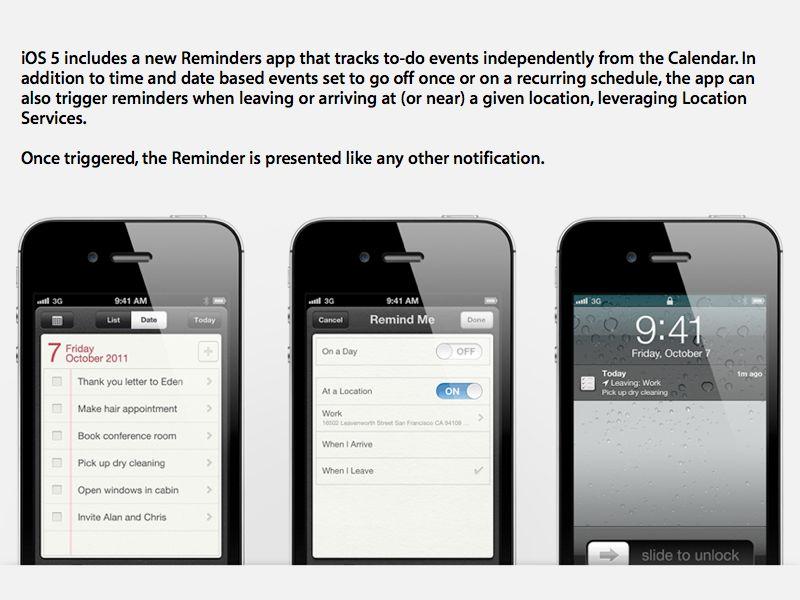
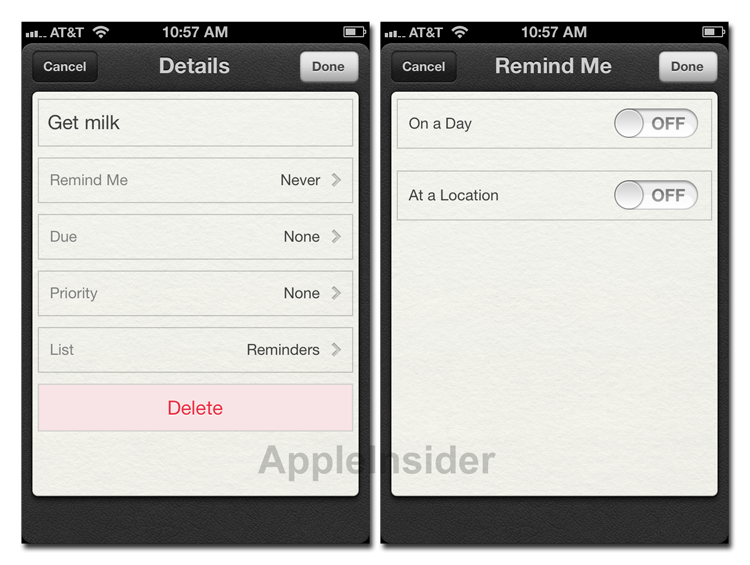
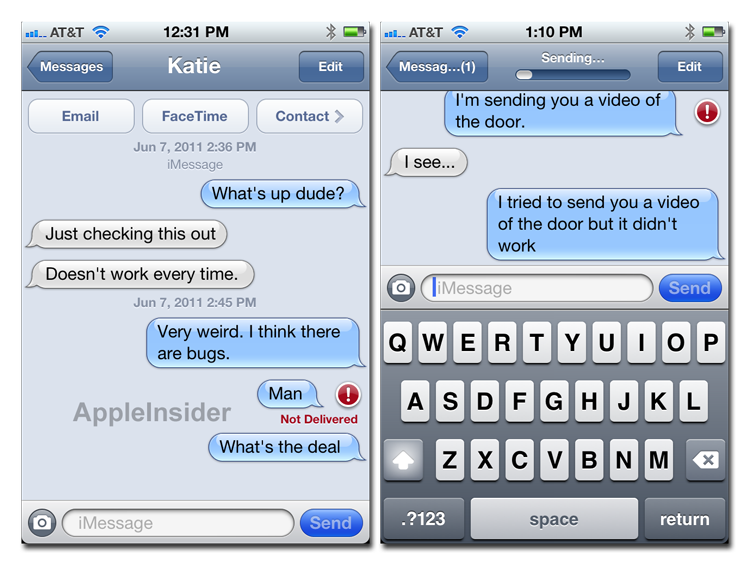
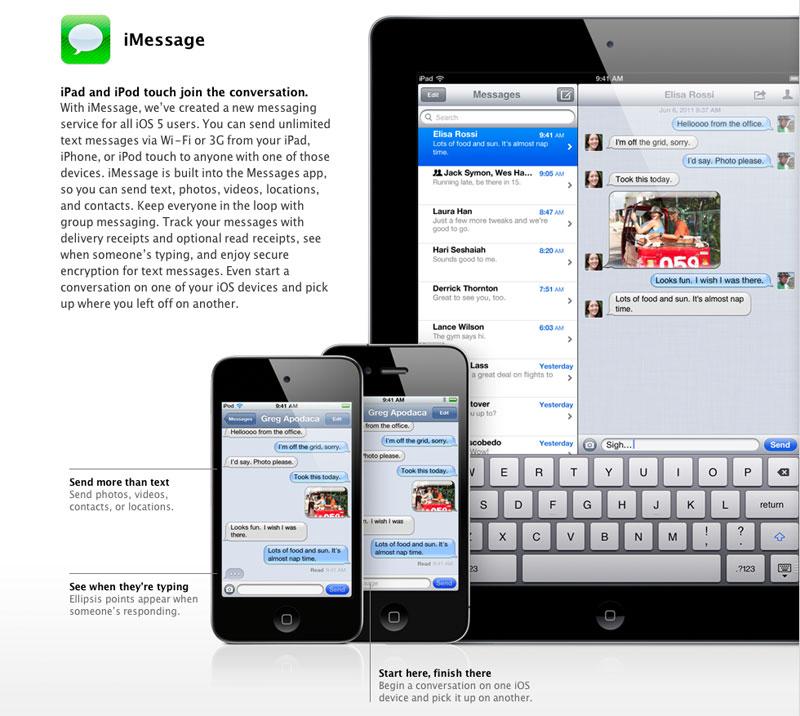
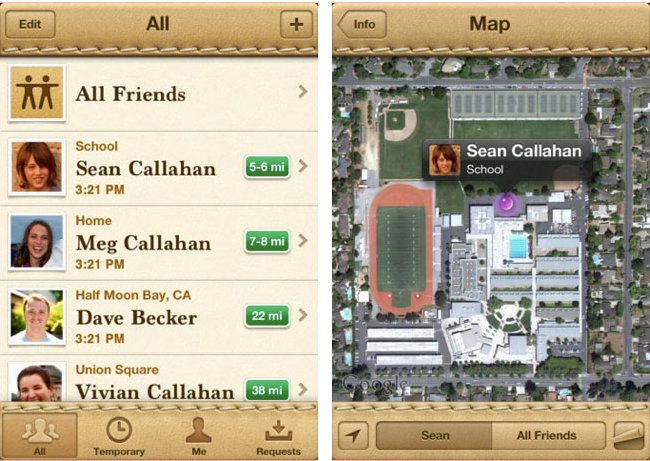
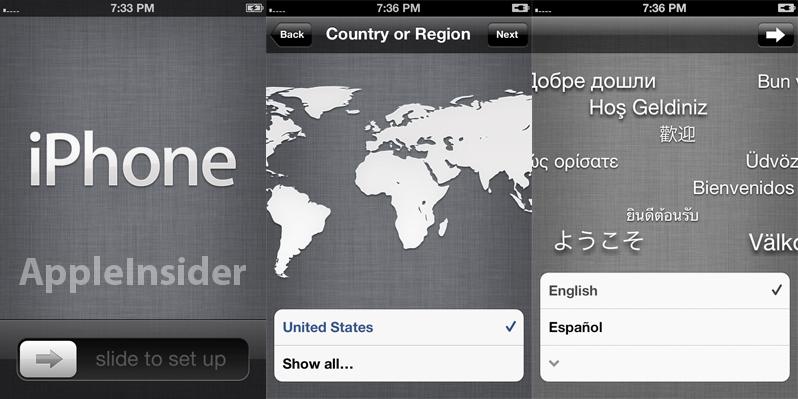
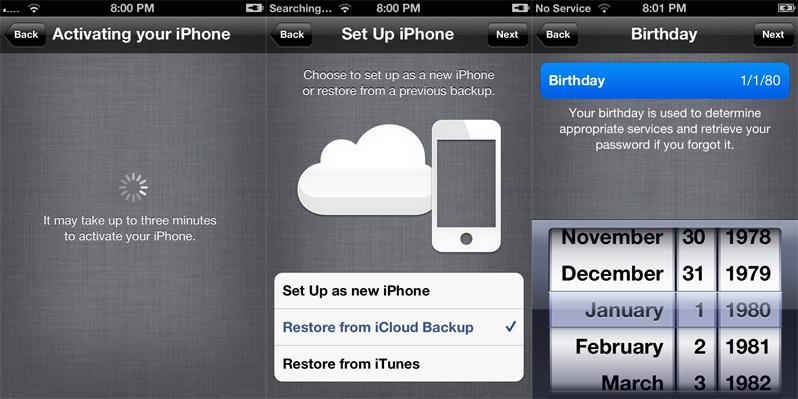
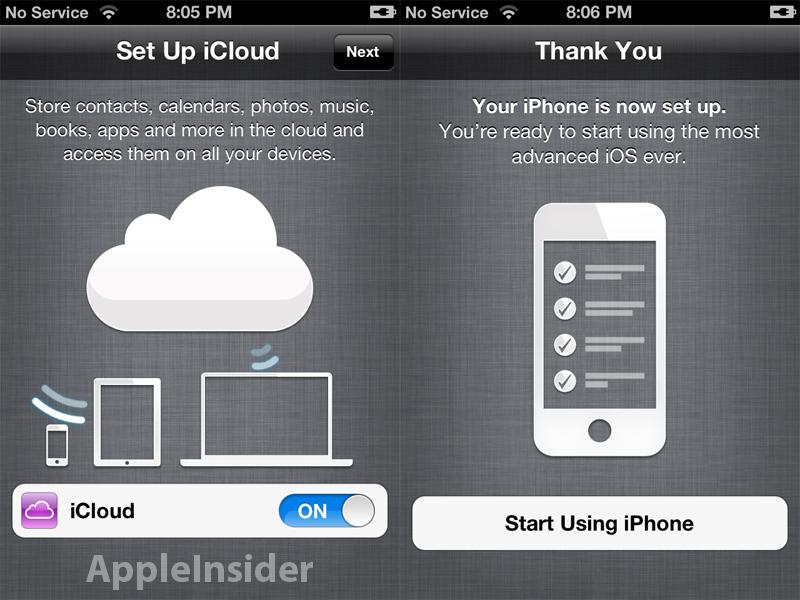

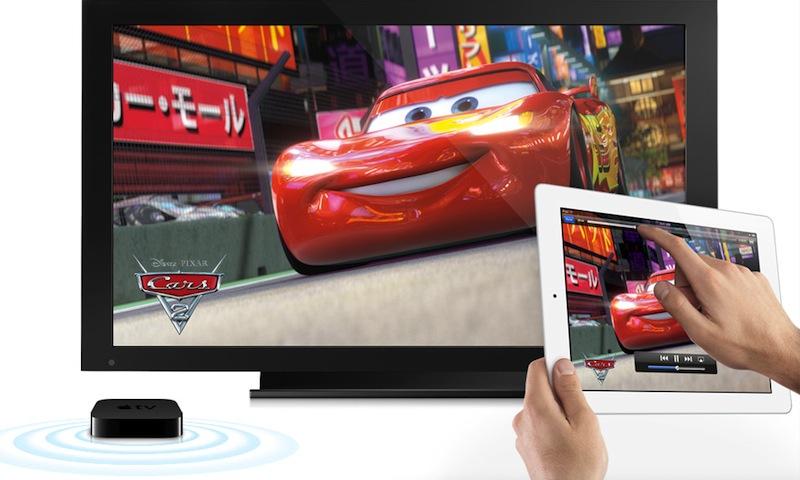
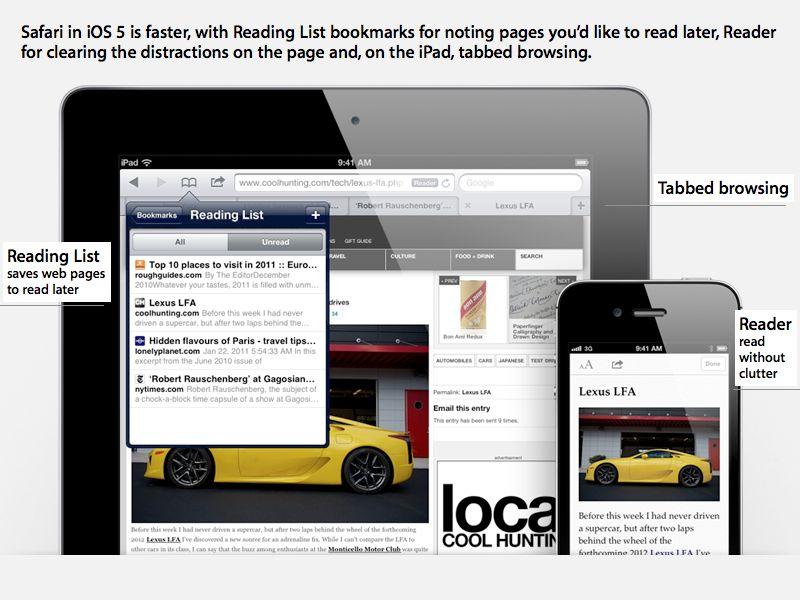

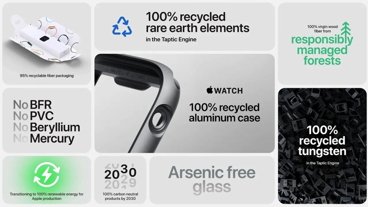
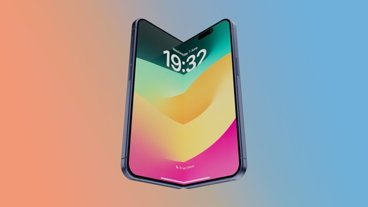
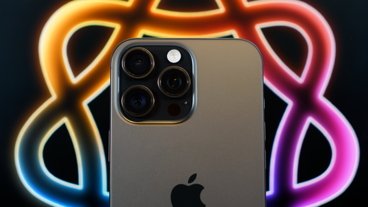

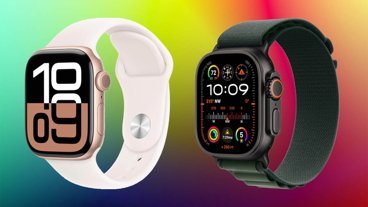

-m.jpg)





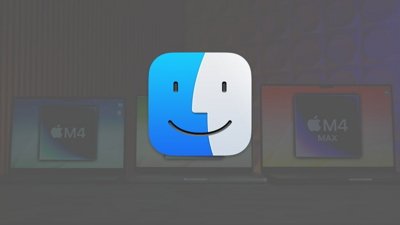
 Chip Loder
Chip Loder
 Brian Patterson
Brian Patterson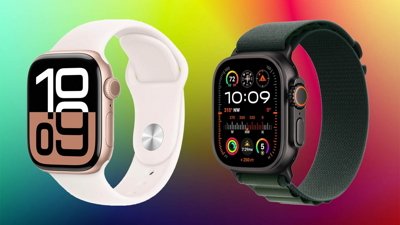
 Christine McKee
Christine McKee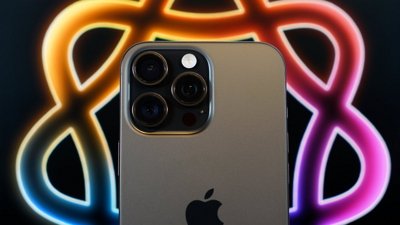
 Wesley Hilliard
Wesley Hilliard
 Amber Neely
Amber Neely
 William Gallagher
William Gallagher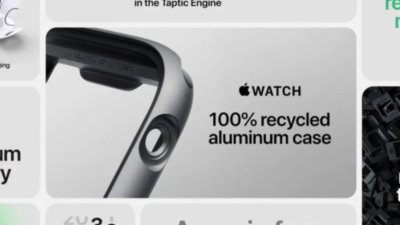
 Malcolm Owen
Malcolm Owen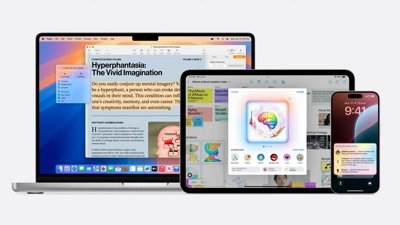
-m.jpg)






76 Comments
sounds good
But IOS3.1 is going to remind people to give it a week or so...
I lost my 3g to it (genius swap) - and the wife is still on IOS2 on hers!
But IOS3.1 is going to remind people to give it a week or so...
I lost my 3g to it (genius swap) - and the wife is still on IOS2 on hers!
iOS2? iPhone 3G? WHy don't you do your wife a favor and update her phone? Almost nothing is compatible with iOS2 anymore.
Enough talk already Apple, release it!
But IOS3.1 is going to remind people to give it a week or so...
I lost my 3g to it (genius swap) - and the wife is still on IOS2 on hers!
I don't know why people complain about this like this...... I have upgraded all my iPhones since the 1st gen, 3GS and iPhone 4 that I have got now to the newest iOS as soon as they were released, and never a single problem.... Or the instalation was not done properly, or was not sync properly or it was already a faulty phone... Sounds pretty strange to me that millions of people have no probs at all and some people have... Can't be the new software, can it?
I agree with "Slurpy"... Man, you will get extra points if you upgrade her phone...iOS 2... (that is when they introduced new languages......) Sounds ancient,
Good luck!!